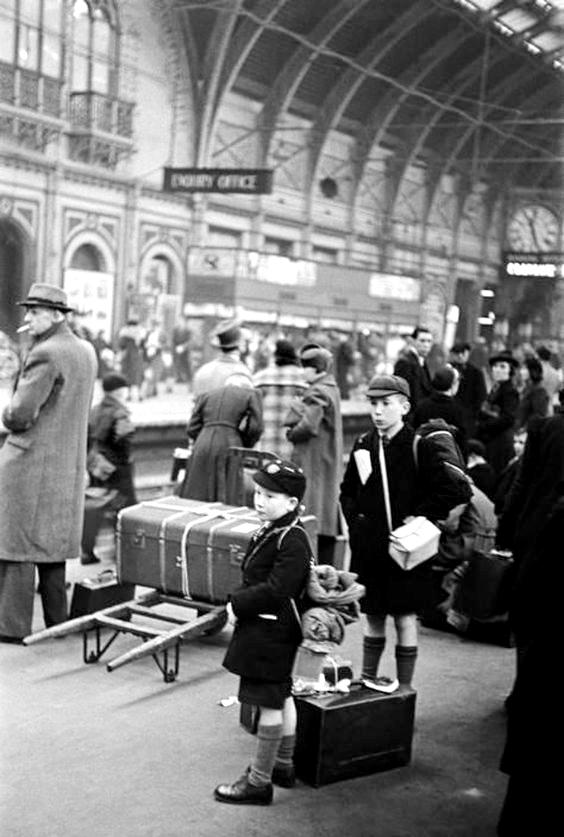
Figure 1.--With the fall of France, mass evacuation were organized From London and the southeast (June-July 1940). They were muich smaller than the 1939 evacuatins, in part because many children had already been evacuated and many who returned did not want to leave their parents again. And as the Germans did not begin bombing cities, other than ports, many parents decided to sit out together as a family. We are not entirely sure what happened when Hitler ordered the Luftwaffe to estroy London. We see children being evacuated in London train stations, but we do not note any massive evacuation. Here we see two schoolboys waiting at Paddington Station to be evacuated to the countryside on September 7, only days after the Luftwaffe Blitz on London began. We even know the time, about 11:30 AM. They are clearly part of an organized evacuation, notice the tags. But they are not page of a large group nor or their parents seeing them off. Photographer: George Rodger. |

